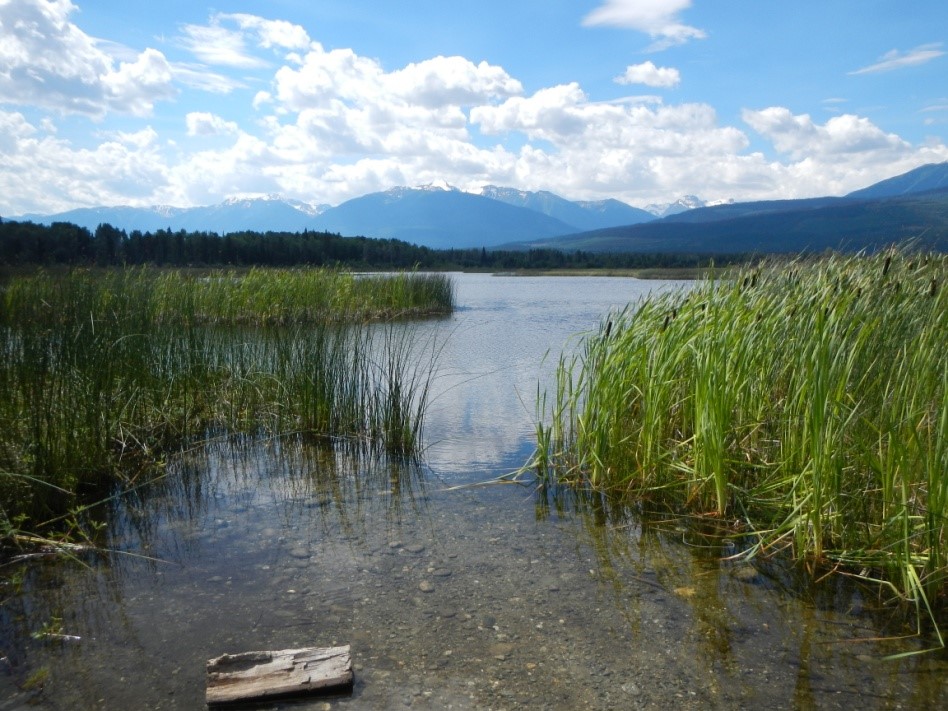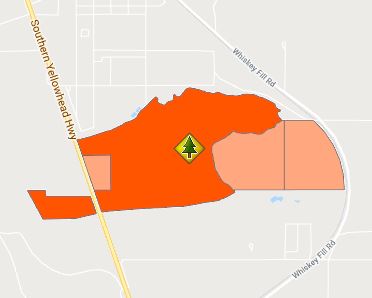Cranberry Marsh/Starratt Wildlife Management Area
Date Designated: March 28, 2013
Purpose: Conservation of a marsh and adjacent terrestrial habitat that provides habitat for waterfowl and a variety of other wildlife species.
Size: 319 hectares
Region: Omineca
Nature and culture
Fish and Wildlife: Cranberry Marsh has long been recognized as a valuable wildlife area with regional significance for bird breeding and migration. Approximately 200 hectares was originally the R.W. Starratt Wildlife Sanctuary. It is located at the junction of the Columbian and Thompson-Okanagan migration corridor and is a staging area for Swans, Canada Geese, and many species of ducks. Blue-listed American Bittern use the marsh, and both the marsh and upland habitat are frequented by beaver, muskrat, moose, and a variety of shorebirds, perching/song birds, woodpeckers, and raptors. The area likely also supports breeding amphibians and small mammals.
Physiography, Climate and Vegetation: Cranberry Marsh is the remnant of a flat bottom lake which now drains the lower east slopes of the valley. It has dense growth of bullrush, sedges, and cattails, with some open water areas. The shorelines slope into willow and aspen stands along with some pine trees on the sandy soils. Ducks Unlimited Canada has implemented habitat enhancements that include dyke control, ditching, floating nesting islands and inlet channel modifications.
Cultural Heritage: Several First Nations have access for traditional activities and uses within and around the marsh.
Planning and management
Information on management direction and possible restrictions on visitor activities are available from the Conservation Lands regional contacts.
Management Partners:
Image
The Cranberry Marsh/Starratt WMA is situated 1.8 km south of Valemount, west of Highway 5.


